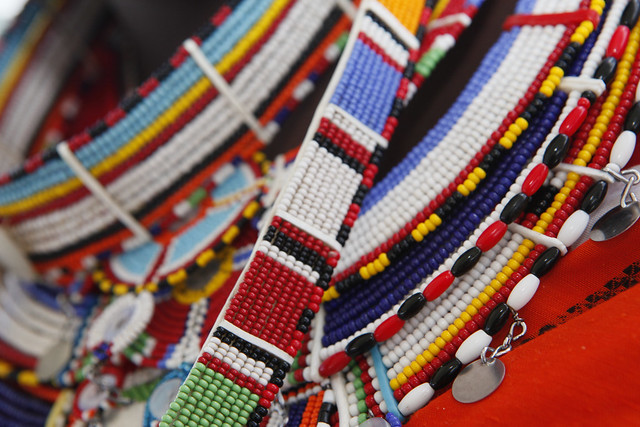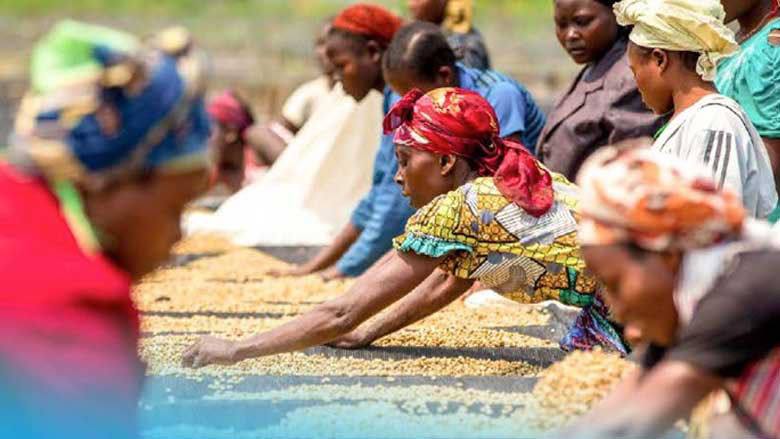Kenya has achieved significant political and economic reforms over the past decade, leading to strong economic growth, social development, and political stability. However, the country still faces key development challenges, such as poverty, inequality, youth unemployment, and a lack of quality jobs, transparency, and accountability. Private sector investment is weak, and the economy is vulnerable to internal and external shocks.
Before the COVID-19 pandemic, Kenya’s robust growth was driven by increased public sector borrowing, which has resulted in debt vulnerabilities and crowded out private investment. The government has committed to fiscal consolidation to restore fiscal space and reduce debt, but revenue underperformance remains a challenge to achieving fiscal targets.
The country’s economy continues to show considerable resilience in the face of more recent shocks, including a severe liquidity crunch and inflationary pressures in 2024, climate change shocks, subdued business sentiment following the mid-2024 protests, and reduced public spending amid ongoing fiscal consolidation efforts. Against this backdrop, GDP growth decelerated to an estimated 4.5% in 2024, following a cyclical rebound of 5.6% growth in 2023.
Kenya’s growth is projected to recover to 4.9% on average during 2025–2027, driven mainly by easing inflation, accommodative monetary policy, and a pickup in credit growth that should support household and business incomes, driving private consumption and investment.
Unless growth translates more efficiently to higher incomes for the poor, poverty is unlikely to decline rapidly. At the international poverty rate ($2.15 in 2017 PPP) poverty in Kenya is projected to decline by half a percentage point to 34% in 2025. Structural reforms that raise the productivity of the private sector, expand access to skills, increase access to capital, and strengthen households’ resilience to climate shocks are needed to ensure inclusive growth and strengthen the link between growth and poverty reduction.
Although the economic outlook is broadly positive, it is subject to elevated uncertainty. The failure to achieve fiscal consolidation targets could exacerbate Kenya’s debt vulnerability to high-debt service repayments especially. Fiscal slippages could further undermine debt sustainability and private sector-led growth. Climate hazards could resume inflationary pressures and food insecurity, affecting growth. Lower than anticipated growth in developed countries could undercut ongoing recovery in Kenyan tourism, exports, and remittances. Geopolitical tensions and elevated commodity prices would further tighten financial conditions, weaken external balances, and impact inflation.
World Bank support to Kenya includes budget support to help close the fiscal financing gap, while supporting reforms that help advance the government’s inclusive growth agenda.
In addition to aligning the country’s long-term development agenda to Kenya’s Vision 2030, which aims to transform Kenya into a competitive and prosperous country with a high quality of life, the government’s bottom-up economic model prioritizes agriculture, healthcare, affordable housing, micro and small enterprises, and the digital and creative economy.
Last Updated: Apr 01, 2025








